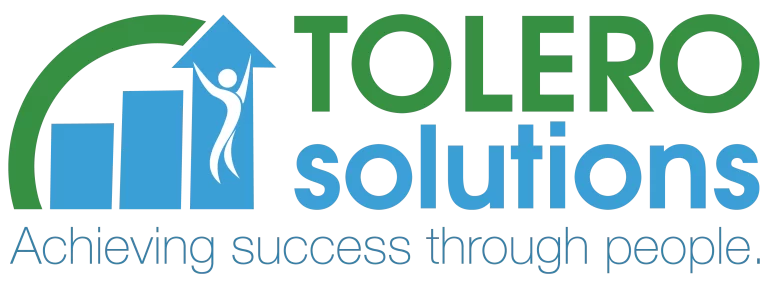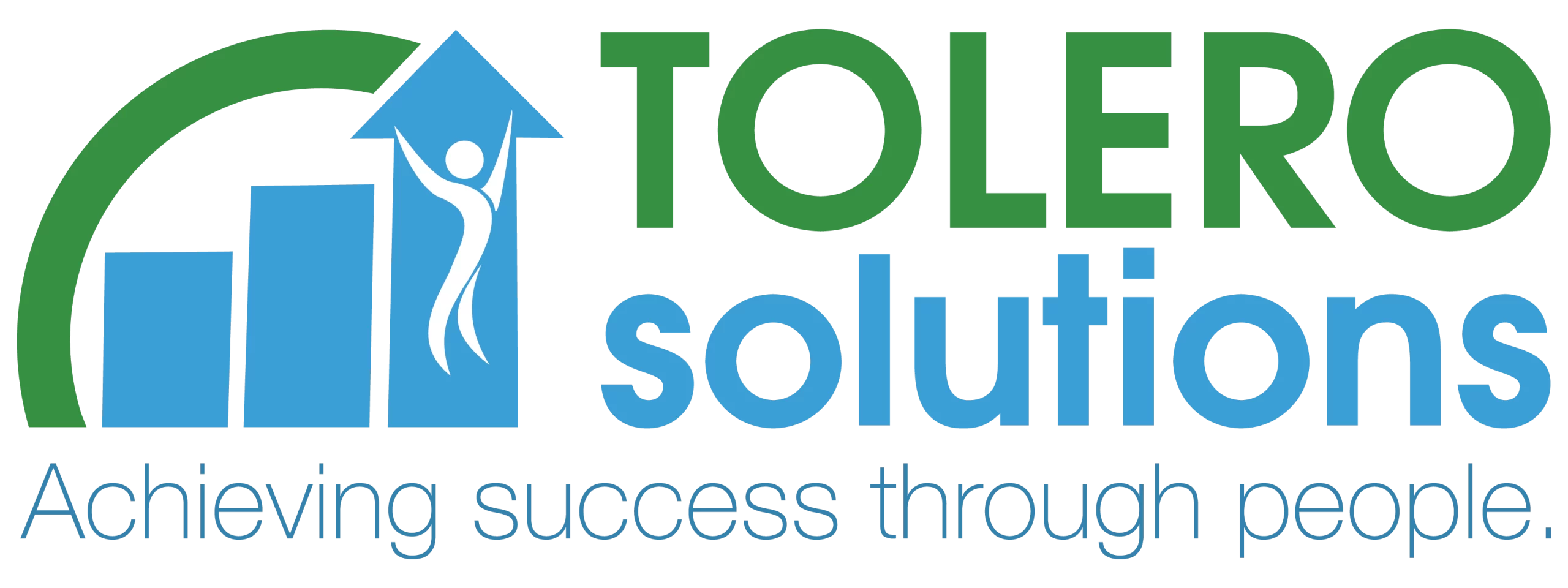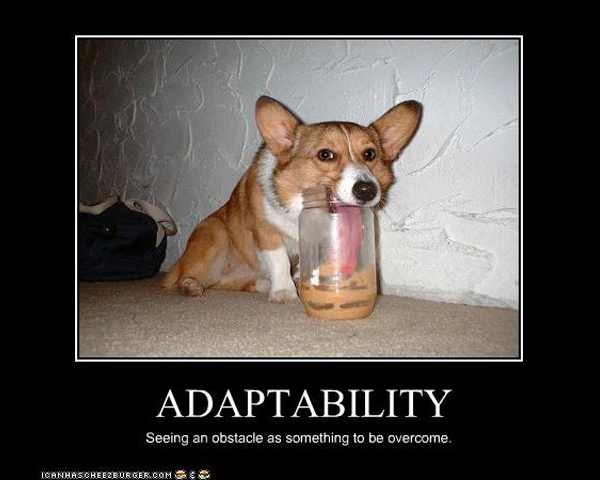As a people strategist and organizational development (OD) and change management practitioner, I often find myself having conversations with leaders regarding change management – what it is and what it isn’t. I previously wrote about 10 change management myths.
Now it’s time for some hard truths.
So what are some hard truths about change management?
- Change is hard – Some of you may be saying “duh!” Though many people underestimate how challenging change can be. Anyone who tells themselves change is easy has never lived through it or is choosing to pull the wool over their eyes. Change deals with transitioning individuals, teams, and organizations from a current state to a desired future state – the unknown. The unknown makes most people a bit anxious. This is normal. Though it’s not an easy process for people to go through. Change will be hard for people both professionally and personally. It’s important to go into a change effort with realistic expectations. And these may differ from person to person or group to group.
- People will need ongoing support – For change to be successful, you can’t treat your employees and stakeholders like drones. As a change leader, if you expect people to help support the change and to commit to the new ways, you need to support them! You need to communicate and communicate some more. You must explain the “why” and the “how.” People need to understand how they will be impacted and what contributions they are making toward creating a better future, both for the business as well as themselves. You need to dispel fears and the rumor mill. People need to know training is available to them on the new way of doing things. They need to know leadership will support them in the process of adapting and acclimating to a new world.
- The best laid plans – Of course, a strong change management plan is needed – but a plan is just shelfware without any action. ACTION is imperative. A plan alone is not enough. A good change management plan must account for governance, communications, training, and ongoing support. The plan needs to be realistic, actionable, and customizable. The plan also needs to be implemented by those skilled in change management and in collaboration with trusted stakeholders throughout the organization. Most importantly the plan, like those leaders and stakeholders executing the plan, must remain agile and flexible. Course correction is often needed. And that’s ok. Remaining flexible during change is imperative to success.
- Leader does not equal change agent – Just because you’re in a leadership role doesn’t make you a good change agent. Sorry, Executive, it may be your budget, it may even be your idea, but that doesn’t mean you’ve got the time or the skills to lead – or micromanage – the change effort. Yes, leadership needs to be involved. Trusted leadership, leadership with the immense time to commit to success, leadership open to learning additional skills, leadership who can check ego, and leadership who can show compassion and patience. Title and position alone shouldn’t guarantee a seat at the change management table.
- Resistance will happen – Most people are inherently change adverse. Even those of us who don’t fear change, or are paid to lead it, don’t always like change. Resistance is natural. If you really want your change to be a success, then you must find a way to engage the resisters and harness their energy in a positive way. You can’t expect resistance not to happen and you can’t ignore it when it does. Voices must be heard. The concerns of these people, or small groups, must be addressed.
- Don’t be afraid of the muck – Change is dirty, it’s messy, and the road can be bumpy. Embrace the muck. Prepare for the time in the Neutral Zone. Roll up your sleeves. You’ll hit roadblocks, you’ll hit hurdles. Plan for them. Ram through them and jump over them. Perseverance and persistence are imperative to success.
- Change takes time – Some change can happen faster than others. But almost no change can be immediate. If you find a magic wand to wave to make that happen please let me know. Like Kotter says, ‘quick wins.’ However, change overall, particularly deep culture change or transformational change, can’t happen overnight. You need to set realistic expectations regarding the timing of completion and realistic expectations regarding milestones and measurements of success. Measures and metrics. And whatever you do – don’t give up midway through the process!
- You are what you do – Leaders and change agents must embody the values and changes they want employee and stakeholder groups to adopt. Being a leader doesn’t exempt you from having to deal with the change yourself. Personally and professionally. It’s necessary that leadership serves as role models. Mean what you say and do what you mean. They are watching! To be a role model, embrace change. Exemplify the best of what the change is all about. Lead by example.
- Customers need to know – Many times during a change effort I’ve heard leadership say “…well we’re not ready to make an announcement…our customers shouldn’t know.” Uh, wrong! I’m not saying your customers need to know all the details, but the truth is, they do need to know you’re making changes and how those changes will impact your relationship with them. In most cases, businesses are changing to better serve their customers. So then why shouldn’t customers be consulted and informed? They should. Or at least their opinions and concerns should be heard and addressed. Involving customers and communicating with them throughout the change process only serves to increase customer engagement and brand loyalty.
- If at first you don’t succeed –Most people don’t like to hear this – but it’s a hard truth –change may not stick the first time. Yes, I know, you spent all that time and effort and money. But don’t be afraid to adapt or tweak your process, your framework, or the players involved. Every organization is different, every culture is different, and change management frameworks should be flexible and adapted to best suit the organization and type of change. Never give up the first time around. If things don’t go as planned, discuss and analyze, take a hard look at what went wrong and how. Don’t toss things aside and just move on. Develop lessons learned and saddle up and keep on riding the change journey.
Change itself is a process. Managing it, leading it, achieving it is also a process. To manage change successfully requires acknowledging and planning for some hard truths.
So, what are some of the change management truths you’ve experienced?
________________________________________________________________________________
About Scott Span, MSOD, CSM: is CEO at Tolero Solutions. As a people strategist, leadership coach, and change and transformation specialist, his work is focused on people. Through his consulting and training work he supports clients to survive and thrive through change and transition and create people-focused cultures and a great employee experience. Through his coaching work, he supports people willing to dig deeper to identify and overcome what’s holding them back, change behaviors, accelerate performance and achieve their goals.
Email | Website | LinkedIn | Twitter | Blog | Facebook| YouTube | Instagram
*All Rights Reserved. Reproduction, publication, and all other use of any and all of this content is prohibited without the authorized consent of Tolero Solutions and the author.






